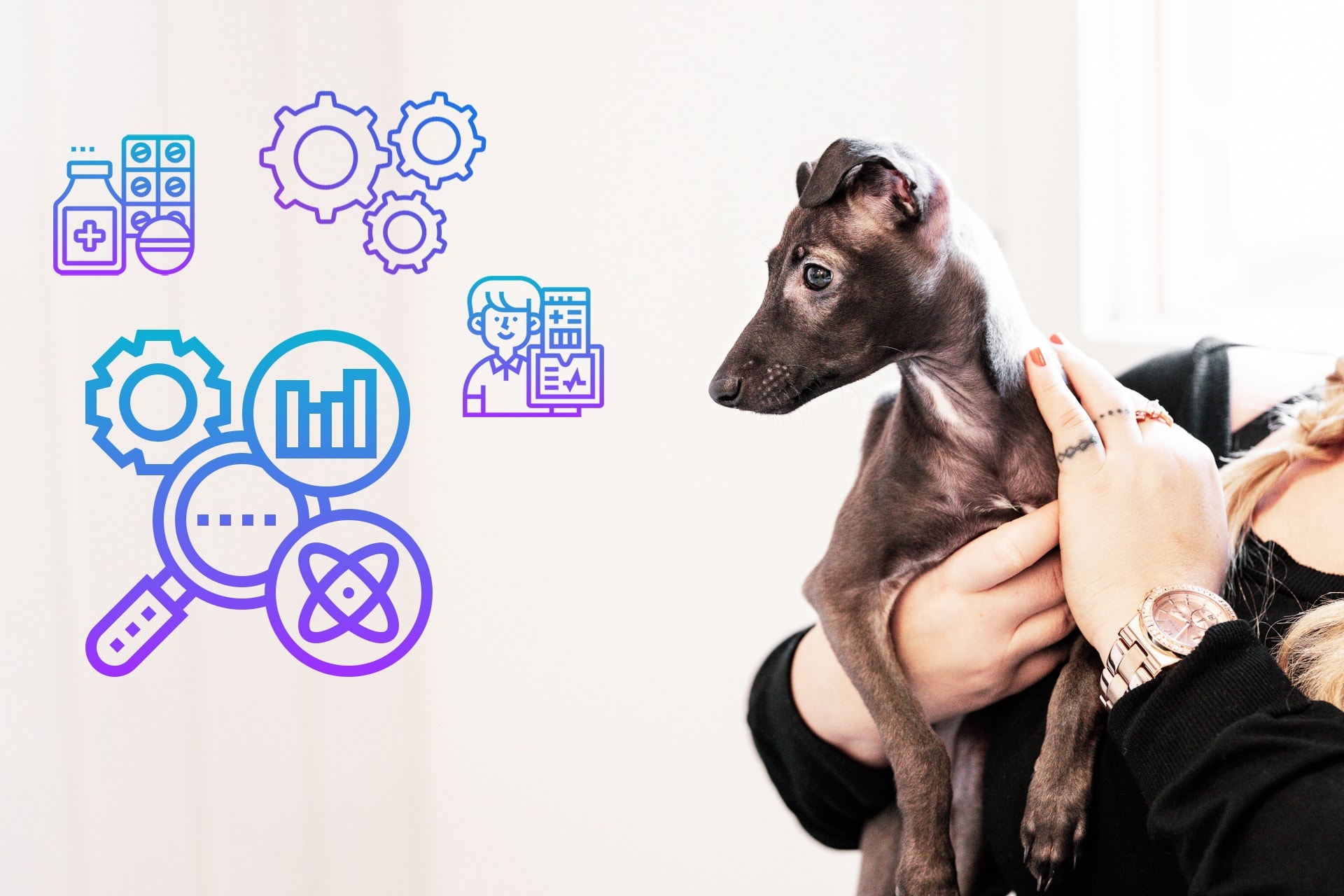RWE provides information for many needs
Real-world evidence (RWE) studies are usually started with a specific use for results in mind. However, the amount and significance of the evidence generated in the RWE studies becomes clearer during the project. The results of the RWE studies are usually much more versatile than one could have dreamed of at the beginning of the project.

Real-world data (RWD) recorded in the electronic medical records and other registries has enormous potential in secondary use. Patients as well as social and healthcare professionals managing the registry entries play an important role in delivering RWE, for example of, the size of patient groups and the outcomes and costs of a given treatment. RWD can also provide information on the benefits and burdens associated with the use of a particular treatment.
Sometimes the result of an RWE study can surprise even a physician working daily with the patients. The use of a drug, treatment persistence, or the survival of patients may be weaker than thought. Also, development and renewal of the healthcare and social welfare systems need RWE in decision-making.
“RWE shows the value of a particular treatment or technology in treating patients.”
RWE can be used to support the introduction of a medicine and once the treatment is used in clinical practice, the usage can be examined through RWD. Further, RWE can be used in the development of treatment practices, education, and patient organizations – to name a few.
Communicate your findings
The findings of RWE studies should be actively communicated to the target audience. Research published in an international scientific journal increases knowledge within the scientific community. However, the traditional way of publishing the results in a journal, and passively waiting for the effects of a publication, represents inefficient science communication. With the right kind of visibility, the media can also be interested in reporting on the results.
RWE and authorities
The pharmaceutical regulatory authorities appreciate the presentation of RWE to support decision-making. During years 2018-2019, 40% of the marketing authorisation and 18% of the extension of indication applications received by the European Medicines Agency (EMA) contained RWE. Most of the RWE attached to the applications concerned the safety or efficacy of the product.
Of the above-described applications, the majority concerned antineoplastic agents and immunosuppressant. In these cases the control arm of a clinical trial cannot usually be carried out because patients cannot be left without a treatment in a life-threatening condition. In such cases, RWD is used to form a virtual control arm for a clinical trial.
Conclusions
As the previous examples demonstrate, RWE can be used for several purposes, and new applications are constantly developed. There is no need to restrict the utilization of the generated RWE to only one type of use.
A well-designed RWE study and a communication plan, developed with a wide range of experts at the beginning and during the project, enable the extensive use of the obtained results.
”RWE and its utilization are relatively new, which is why the guidelines and rules are still evolving.”
There are no established practices in the use of RWE, which provides us an opportunity to act on their development. The only general guideline for any use of RWE is to attach sufficiently comprehensive information on the materials and methods utilized in the generation of the evidence.
Let’s bring the creative minds together and use the generated RWE to its full potential!

